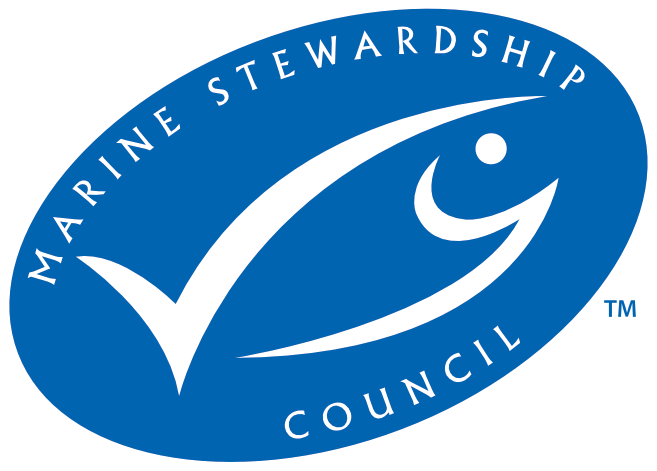
- Certifier :
- UCSL United Certification Systems Limited
- Certified status :
- Certified
- Certified since :
- 25 Jun 2013
- Certificate expires :
- 07 Apr 2030
Overview
Fisheries are composed of one or more parts, each of which is entitled to receive an MSC certificate. These parts or “units” are defined by their target stock(s), fishing gear type(s) and if relevant vessel type(s), and the fishing fleets or groups of vessels.
When the term “Unit of Certification” is used for fishing units that are in assessment, it refers to the “Unit of Assessment” or “Unit of potential certification”. Expand a status below to view the parts that form this fishery. To check the detailed scope, download the latest certificate or open the Assessments page to get the latest report. Find out more by visiting our page on Fisheries
Catch by Species
| Species | Reported Catch Year | Metric Tonnes |
|---|---|---|
| Haddock (Melanogrammus aeglefinus) | 2023 | 29,232 |
| Atlantic cod (Gadus morhua) | 2023 | 96,278 |
Information is provided by an independent Conformity Assessment Body as live weight (the weight of species at the time of catch, before processing) and where a fishing season covers multiple years, the end year is given as the reported catch year. Additional information is available in the latest report, see the assessments page.
Eligibility, client groups and vessel lists
A fishery may choose to define the members of the fishery certificate. These members can be vessels or other client group members (e.g. companies that own vessels and/or companies that are named as eligible to handle certified product covered within the fishery certificate scope). Please refer to the fishery certificate statement on additional product specific eligibility criteria (e.g. product eligibility limitations, eligibility date, exclusive points of landing and the point where Chain of Custody certificate is required). Please consult the fishery Public Certification Report for product eligibility rationale.
| Documents | Published on | Files |
|---|---|---|
| Vessel List | 27 Sep 2025 | 1 files |
About this Fishery
The Barents Sea is one of the most important fishing grounds for cod and haddock, and both species play an important role in the ecosystem as a top-tier predators. Reliable stock assessments suggest that populations in the Barents Sea and Norwegian Sea are in very good shape, and there are robust and well-established management plans in place. Cooperation between Russian and Norwegian fisheries authorities and scientists is strong.
The Fishing Industry Union of the North (FIUN) is the largest union of small and medium -sized fishing companies in Russia. Most of the vessels in the assessed fleet are demersal stern (or bottom otter) trawlers able to fish offshore in all conditions. Both cod and haddock fisheries use the same fishing methods.
Three of the vessels in the fleet are long-liners, 48m in length, and are equipped with full freezing facilities to store both bait and catch. These carry up to 36,000 hooks set at 1.8-2m intervals on lines whose total length varies according to weather and fishing grounds, but which are typically many kilometres long.
As a condition of certification, the FIUN cod and haddock fisheries have committed to putting in place effective management measures to limit impacts on other retained species. It must also demonstrate that it is highly unlikely to cause serious or irreversible harm to marine habitats.
Atlantic cod (Gadus morhua) image © Scandinavian Fishing Year Book
Market Information
Cod and haddock from the fishery are sold in Russia, the US, Europe and China.